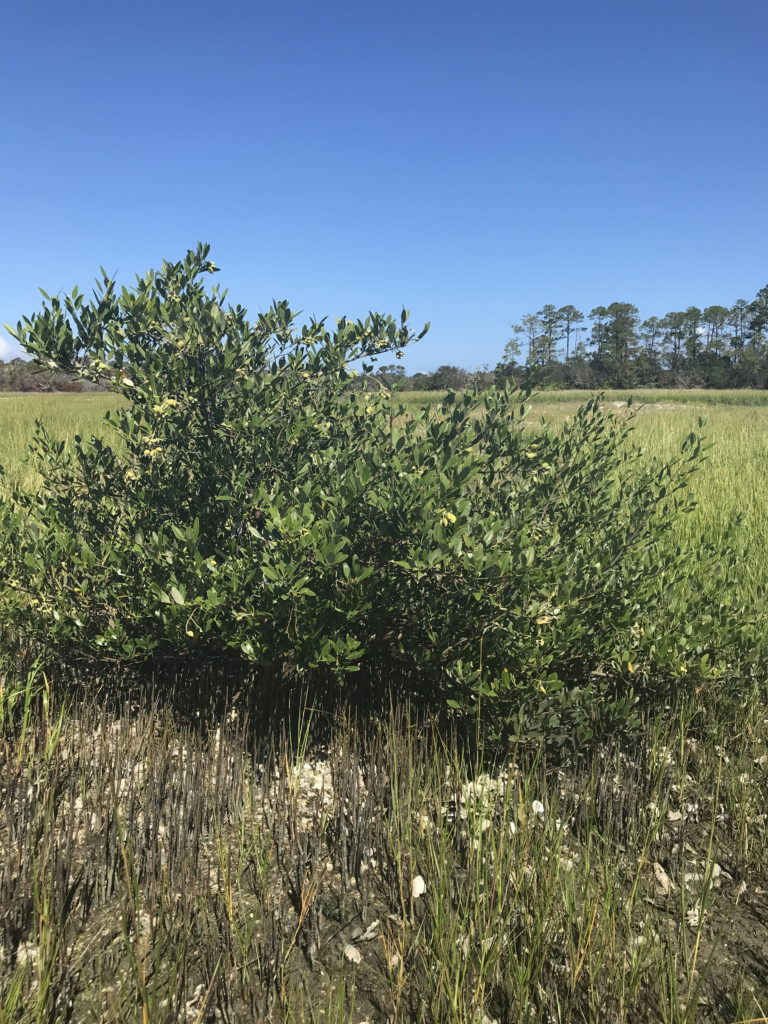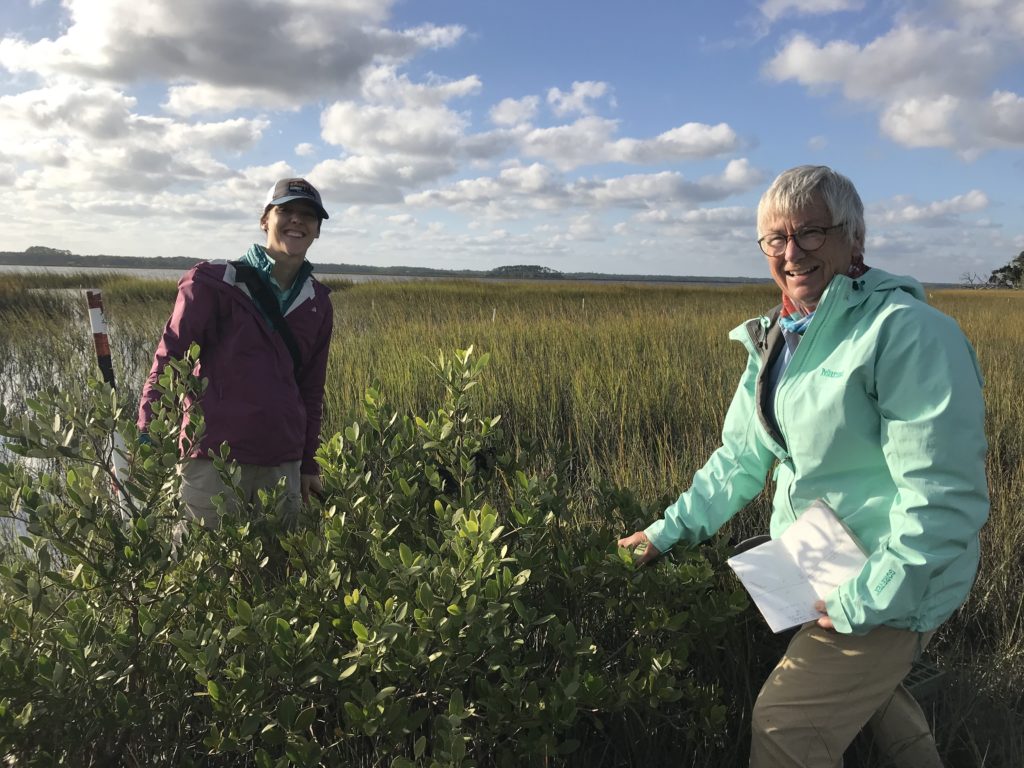
The activities are as follows:
- Teacher Guide
- Student activity, Graph Type A, Level 2
- Student activity, Graph Type B, Level 2
- Student activity, Graph Type C, Level 2
- Grading Rubric
All plants need nutrients to grow. Sometimes one nutrient is less abundant than others in a particular environment. This is called a limiting nutrient. If the limiting nutrient is given to the plant, the plant will grow in response. For example, if there is plenty of phosphorus, but very little nitrogen, then adding more phosphorus won’t help plants grow, but adding more nitrogen will.
Saltmarshes are a common habitat along marine coastlines in North America. Saltmarsh plants get nutrients from both the soil and the seawater that comes in with the tides. In these areas, fertilizers from farms and lawns often end up in the water, adding lots of nutrients that become available to coastal plants. These fertilizers may contain the limiting nutrients that plants need, helping them grow faster and more densely.
One day while Candy, a scientist, was out in a saltmarsh in northern Florida, she noticed something that shouldn’t be there. There was a plant out of place. Normally, saltmarshes in that area are full of grasses and other small plants—there are no trees or woody shrubs. But the plant that Candy noticed was a mangrove. Mangroves are woody plants that can live in saltwater, but are usually only found in tropical places that are very warm. Candy thought the closest mangrove was miles away in the warmer southern parts of Florida. What was this little shrub doing so far from home? The more that Candy and her colleague Emily looked, the more mangroves they found in places they had not been before.
Candy and Emily wondered why mangroves were starting to pop up in northern Florida. Previous research has shown nitrogen and phosphorus are often the limiting nutrients in saltmarshes. They thought that fertilizers being washed into the ocean have made nitrogen or phosphorus available for mangroves, allowing them to grow in that area for the first time. So, Candy and Emily designed an experiment to figure out which nutrient was limiting for saltmarsh plants.

For their study, Candy and Emily chose to focus on black mangroves and saltwort plants. These two species are often found growing together, and mangroves have to compete with saltwort. Candy and Emily found a saltmarsh near St. Augustine, Florida, in which they could set up an experiment. They set up 12 plots that contained both black mangrove and saltwort. Each plot had one mangrove plant and multiple smaller saltwort plants. That way, when they added nutrients to the plots they could compare the responses of mangroves with the responses of saltwort.
To each of the 12 plots they applied one of three conditions: control (no extra nutrients), nitrogen added, and phosphorus added. They dug two holes in each plot and added the nutrients using fertilizers, which slowly released into the nearby soil. In the case of control plots, they dug the holes but put the soil back without adding fertilizer.
Candy and Emily repeated this process every winter for four years. At the end of four years, they measured plant height and percent cover for the two species. Percent (%) cover is a way of measuring how densely a plant grows, and is the percentage of a given area that a plant takes up when viewed from above. Candy and Emily measured percent cover in 1×1 meter plots. The cover for each species could vary from 0 to 100%.
Featured scientists: Candy Feller from the Smithsonian Environmental Research Center and Emily Dangremond from Roosevelt University
